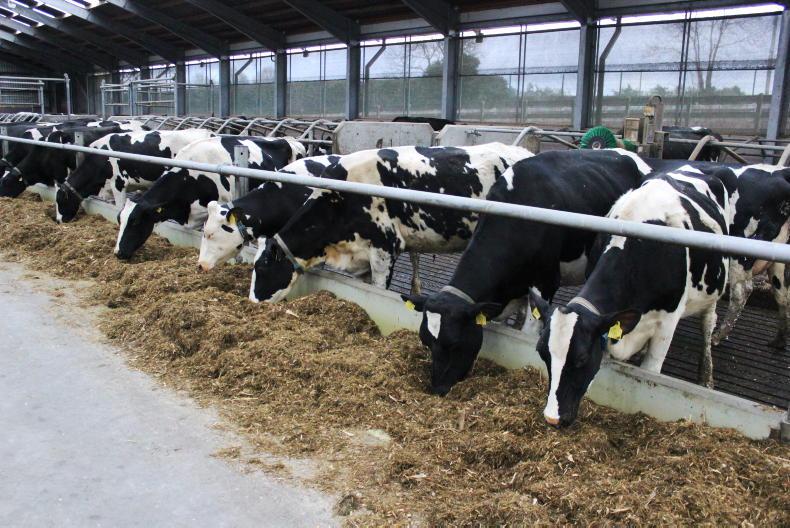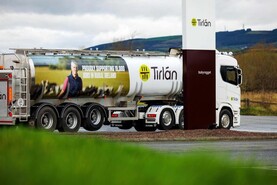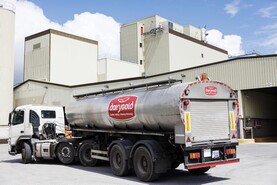The 14th edition of the Dairy Costings Report produced by farm business consultants Kingshay, shows that year-round calving systems with a housing focus, delivered the highest margin over purchased feed in the 12 months to March 2025.
The analysis, which is based on 1,064 conventional herds across Britain, found that these high input herds had an average margin over purchased feed of £2,937 per cow.
Autumn / block calving herds, which are also mainly focused on housing, were next with margins of £2,880. Where these block calving herds are focused on grazing, the margin over purchased feed was £2,319 per cow. Spring calving herds had the lowest margin over purchased feed per cow at £1,982, but still delivered the highest margin per litre (35.94p/l) of any conventional system.
According to Richard Simpson from Kingshay, the majority of producers have benefited from a favourable milk price : concentrate price ratio in the last 12 months, which has been at levels not seen since 2001. In the last year, milk price was up 11%, but concentrate prices were down 9%.
That has been to the particular advantage of these high output herds and more than compensated for the fact they have the highest culling rates (30%) and highest replacement rates (33%).
Simpson also confirmed that year-round, mainly housed systems, are now the most popular within the Kingshay database and account for 42% of all producers (and a higher proportion of cows). The next most popular are year-round calving herds with a grazing focus, at 27%. Just 4% of conventional herds are spring calving.
Whether that trend towards more housing of dairy cows in Britain continues will be partly dependent on whether milk processors encourage farmers towards systems that are less intensive, suggested Simpson.
Within the Kingshay database herd size is up 17.7% in the last 10 years to an average of 226 cows, which puts additional pressure on grazing and also leaves these farms more reliant on hired labour. In practice, it is easier to manage protocols for staff when cows are inside, whereas grazing involves day-to-day decisions to be made, said Simpson.
However, he added that these high input herds are less robust at dealing with extremes in milk price and ultimately the range in performance within a system is much greater than between systems.
“There are a lot of different production systems used across the UK and all can be successful and profitable,” said Simpson.






 This is a subscriber-only article
This is a subscriber-only article










SHARING OPTIONS: